In the latest of our series of blogs on regional Spanish dialects, we take a look at the origins and present-day use of Catalan.
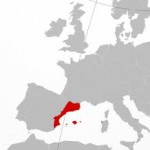
Lingua Clinic Private Spanish Lessons London
Like other Spanish dialects, Catalan evolved from Vulgar Latin in the 9th century. It enjoyed its golden age during the Middle Ages as the language of the then-powerful Crown of Aragon; this, coupled with its dominance as the language of literature meant that Catalan was widely spoken all around the Mediterranean.
Since that time, it has endured fluctuating fortunes; it began to go into decline following the union of Aragon with other Spanish territories in the 15th century and suffered further after Northern Catalonia was ceded to France in 1659. It was banned by both France and Spain in the early 18th century but a century later underwent a literary revival, which eventually led to its regaining official status. This was relatively short-lived as, like several other dialects, it was once again banned under the Franco regime, but it survived and is now co-official in Catalonia and the Balearics. It’s also an official language of the Valencian Community, where it is called Valencian rather than Catalan, and is spoken, though not officially recognised, in other autonomous communities. Today Catalan is one of the more widely-spoken dialects, with about 9% of the population claiming it as their mother tongue.
Although our Spanish lessons in London are based on the standardised form of the language, there is no need to be apprehensive about conversing with people from areas where regional dialects are common; they are in the main mutually intelligible, but differing in certain pronunciation and vocabulary just as different regions of the UK do.
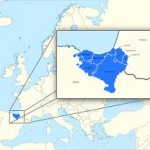
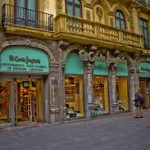
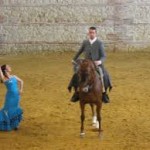
 one region where a distinct local dialect is spoken as a first language by around 56% of the population. This area includes the cities of La Coruña, Vigo and the capital Santiago de Compostela. During the Franco regime, it was forbidden to speak Galician in public, but the language was not to be suppressed and it has enjoyed official status in the region, alongside Castilian, since 1978.
one region where a distinct local dialect is spoken as a first language by around 56% of the population. This area includes the cities of La Coruña, Vigo and the capital Santiago de Compostela. During the Franco regime, it was forbidden to speak Galician in public, but the language was not to be suppressed and it has enjoyed official status in the region, alongside Castilian, since 1978.

 your own objectives and ability. What’s more, research from several universities suggests that learning another language can actually slow ageing of the brain and
your own objectives and ability. What’s more, research from several universities suggests that learning another language can actually slow ageing of the brain and  romance with a small r in the sense of being romantic (though the word has the same root, and many do think that Spanish does sound very romantic!), but rather it derives from Roman – the Romance languages are those that have their origins in the spoken Latin of Roman times.
romance with a small r in the sense of being romantic (though the word has the same root, and many do think that Spanish does sound very romantic!), but rather it derives from Roman – the Romance languages are those that have their origins in the spoken Latin of Roman times. lamb or capon. Since 1962 the countdown to midnight has been broadcast on national TV from the clock on the Casa de Correos building in Puerta del Sol Square in Madrid where many people gather to see in the New Year in Spain’s equivalent of the UK’s broadcast from Big Ben.
lamb or capon. Since 1962 the countdown to midnight has been broadcast on national TV from the clock on the Casa de Correos building in Puerta del Sol Square in Madrid where many people gather to see in the New Year in Spain’s equivalent of the UK’s broadcast from Big Ben.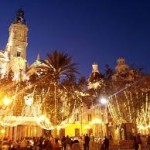 the Immaculate Conception, or Inmaculada Concepcion. It might be a little early yet to wish people a happy Christmas (Feliz Navidad) but it’s never too early (or late!) to try your hand at the Spanish language. So, as we enter the festive season here are some ideas and vocabulary for you to try out.
the Immaculate Conception, or Inmaculada Concepcion. It might be a little early yet to wish people a happy Christmas (Feliz Navidad) but it’s never too early (or late!) to try your hand at the Spanish language. So, as we enter the festive season here are some ideas and vocabulary for you to try out.